Calendar
Aug
18
Mon
New student orientation for incoming MSE participants.
Aug
30
Sat
I will hold a training session on the Loop-X on Friday, August 30, from 12:30 – 2 pm, in the Mock OR. Training is available to students who are required to use the Loop-X for research purposes. If you would like to participate please sign up here.
This training covers usage of the Loop-X device. It is necessary but not sufficient to be certified to use the device. Please complete JHU’s radiation safety training as well.
The Loop-X has had many technical issues of late. While it is still not fully online for navigated scans, the non-navigated functions are working properly, which are sufficient for many people’s applications. This training will focus on that.
Best,
Benjamin Killeen
Subscribe


